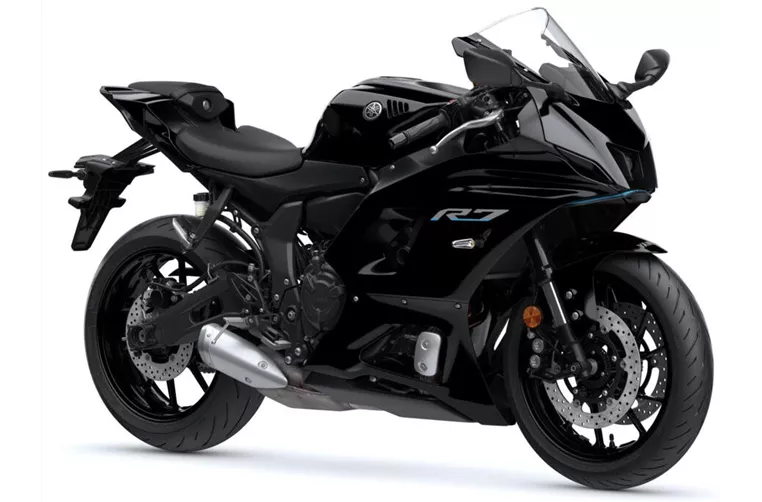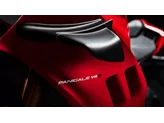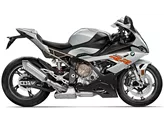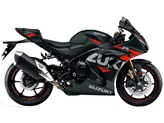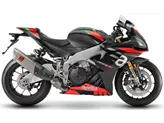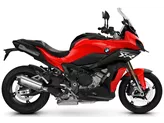Yamaha R7 2021 vs. BMW S 1000 RR 2020
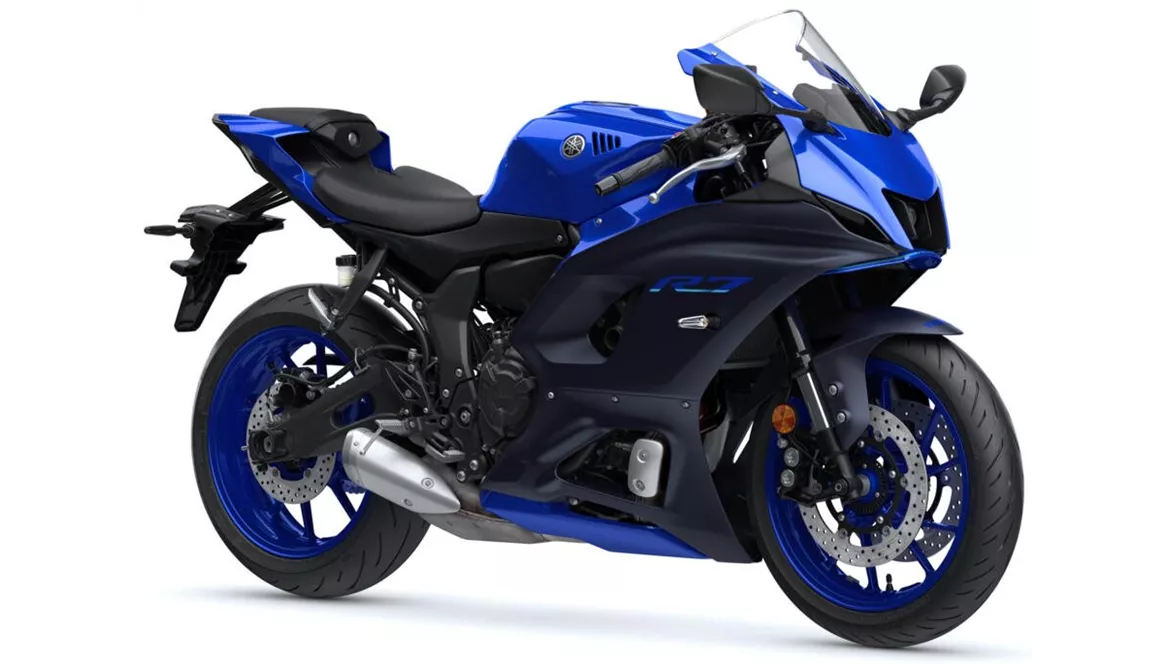
Yamaha R7 2021

BMW S 1000 RR 2020
Overview - Yamaha R7 2021 vs BMW S 1000 RR 2020
The Yamaha R7 2021 and the BMW S 1000 RR 2020 are both supersport motorcycles that offer high performance and advanced features. However, there are significant differences between the two models in terms of engine power, suspension, chassis, and assistance systems.
In terms of engine specifications, the Yamaha R7 2021 is equipped with an in-line, 2-cylinder engine with a displacement of 689cc. It produces 73.4 HP of power and 67 Nm of torque. On the other hand, the BMW S 1000 RR 2020 features an in-line, 4-cylinder engine with a displacement of 999cc. It delivers a much higher power output of 207 HP and torque of 113 Nm. The BMW S 1000 RR has a higher compression ratio of 13.3 compared to the Yamaha R7's 11.5, which contributes to its superior performance.
In terms of suspension, both motorcycles feature upside-down telescopic forks at the front and a swing arm with a monoshock at the rear. However, the BMW S 1000 RR has larger diameter forks (45mm) compared to the Yamaha R7 (41mm), which provides better stability and control during aggressive riding. Both motorcycles offer adjustable suspension settings for compression, preload, and rebound.
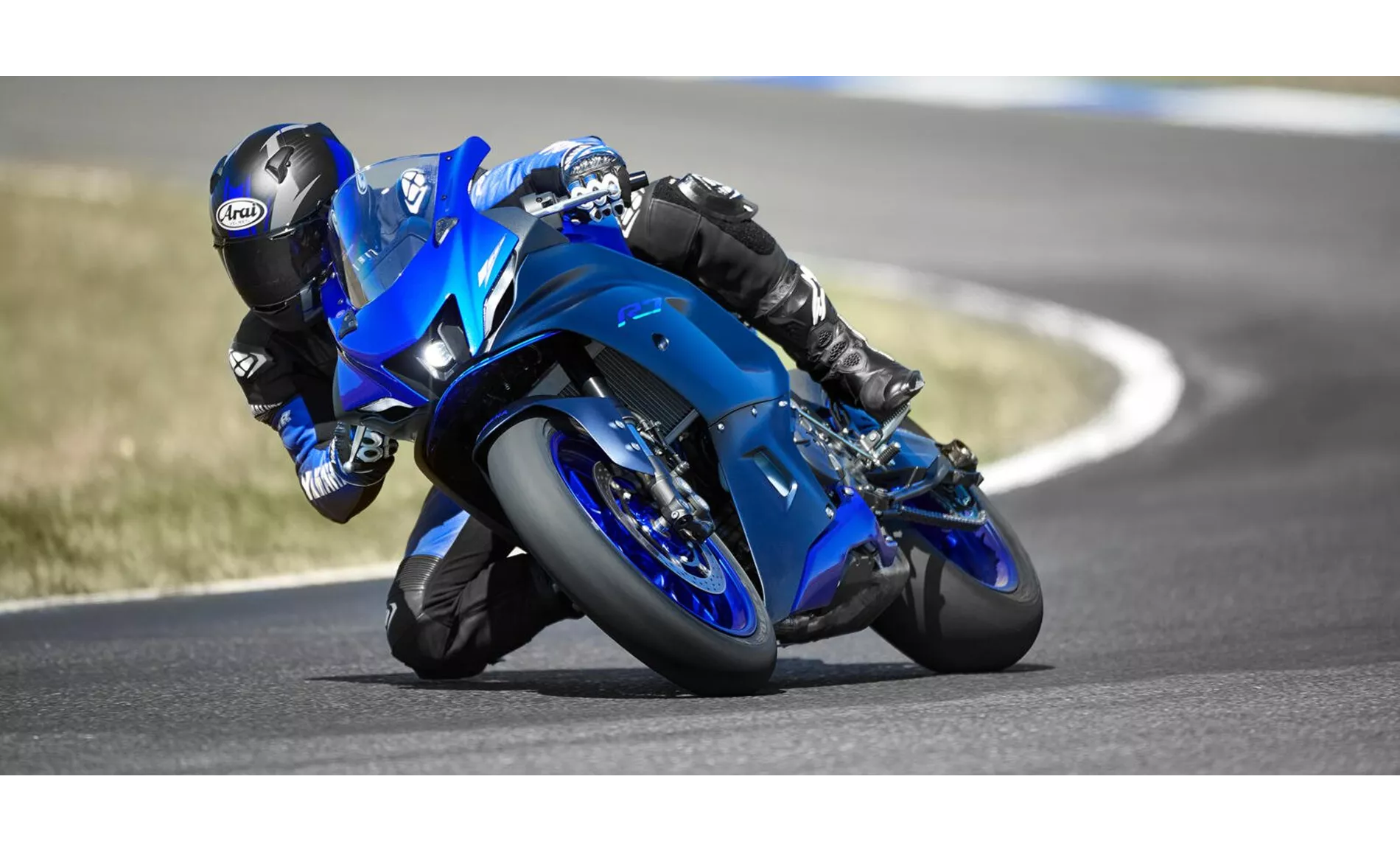
Yamaha R7 2021
The chassis of the Yamaha R7 2021 is made of steel, while the BMW S 1000 RR 2020 features an aluminum frame. The aluminum frame of the BMW S 1000 RR offers better rigidity and lighter weight, contributing to improved handling and maneuverability.
In terms of braking, both motorcycles are equipped with double disc brakes at the front. The BMW S 1000 RR features radial technology, which provides better braking performance and control. Both motorcycles also come with ABS as standard, ensuring safe and reliable braking in various conditions.
In terms of dimensions and weights, the BMW S 1000 RR has a longer wheelbase of 1441mm compared to the Yamaha R7's 1395mm. The BMW S 1000 RR also has a larger fuel tank capacity of 16.5 liters compared to the Yamaha R7's 13 liters. However, the BMW S 1000 RR is slightly heavier with a kerb weight of 197kg compared to the Yamaha R7's 188kg.
Both motorcycles come equipped with LED headlights, providing better visibility and safety on the road. The BMW S 1000 RR offers a more advanced electronics package, including riding modes, launch control, ride by wire, quickshifter, and traction control. These features enhance the overall riding experience and allow for customization based on rider preferences and road conditions.

BMW S 1000 RR 2020
In terms of strengths, the Yamaha R7 2021 is praised for its high-torque CP2 engine, sporty riding position, suspension set-up, standard tires, and being a good entry-level trackday bike. On the other hand, the BMW S 1000 RR 2020 is praised for its very linear power delivery, wide rev range, excellent DDC (Dynamic Damping Control), and a comprehensive electronics package. The BMW S 1000 RR is considered a harmonious overall package both on the road and on the racetrack.
In terms of weaknesses, the Yamaha R7 2021 is noted to lack a quickshifter as standard, which would have been a desirable feature. The BMW S 1000 RR 2020 is criticized for being somewhat "characterless" compared to other competitors and lagging behind on the spec sheet in direct comparison.
Overall, the Yamaha R7 2021 and the BMW S 1000 RR 2020 are both high-performance motorcycles with their own strengths and weaknesses. The choice between the two would depend on the rider's preferences, intended use, and budget.
Technical Specifications Yamaha R7 2021 compared to BMW S 1000 RR 2020
Pros and Cons in comparison
Pros and Cons in comparison
Yamaha R7 2021
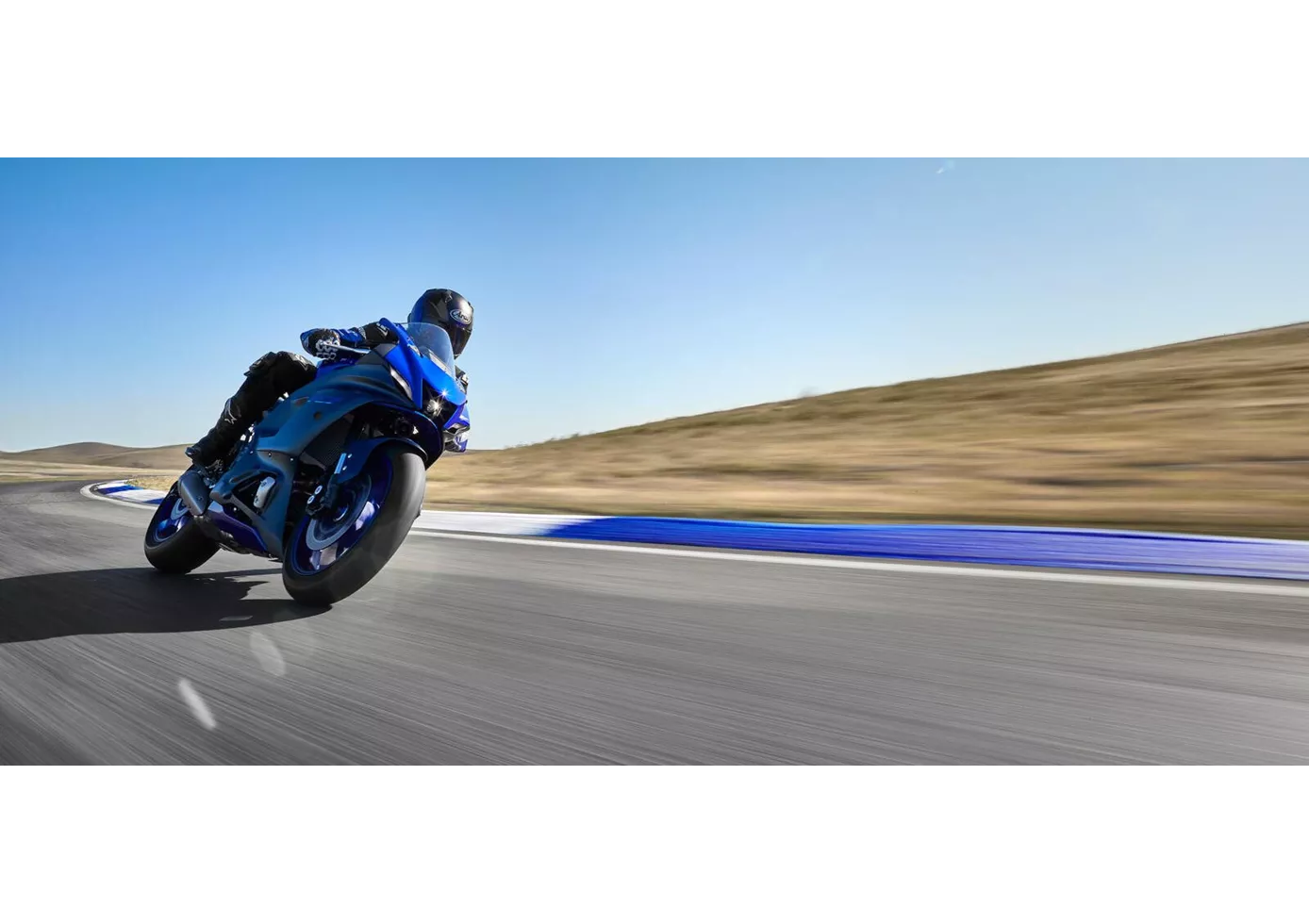
Despite the rather idiosyncratic combination of the sensible 73.4 hp mid-range power unit and the extremely aggressive, sporty look, the R7 is by no means a sheep in wolf's clothing. The performance, which is somewhere between the R3 and the R6, turned out to be much stronger in practice than the pure values on paper would suggest, and in terms of geometry, chassis, brakes and tyres, Yamaha's engineers have really done their homework. On top of that, the Yamaha R7 has all the qualities to have a lot of fun out-of-the-box on a compact race track like the Pannoniaring, for example, even without a big investment. But of course it feels better on the country road, and that's where it belongs in the first place, in our opinion. In view of the overall package, the purchase price is more than fairly priced - so it's not a problem that the quickshifter is not included and has to be purchased as an option.
BMW S 1000 RR 2020
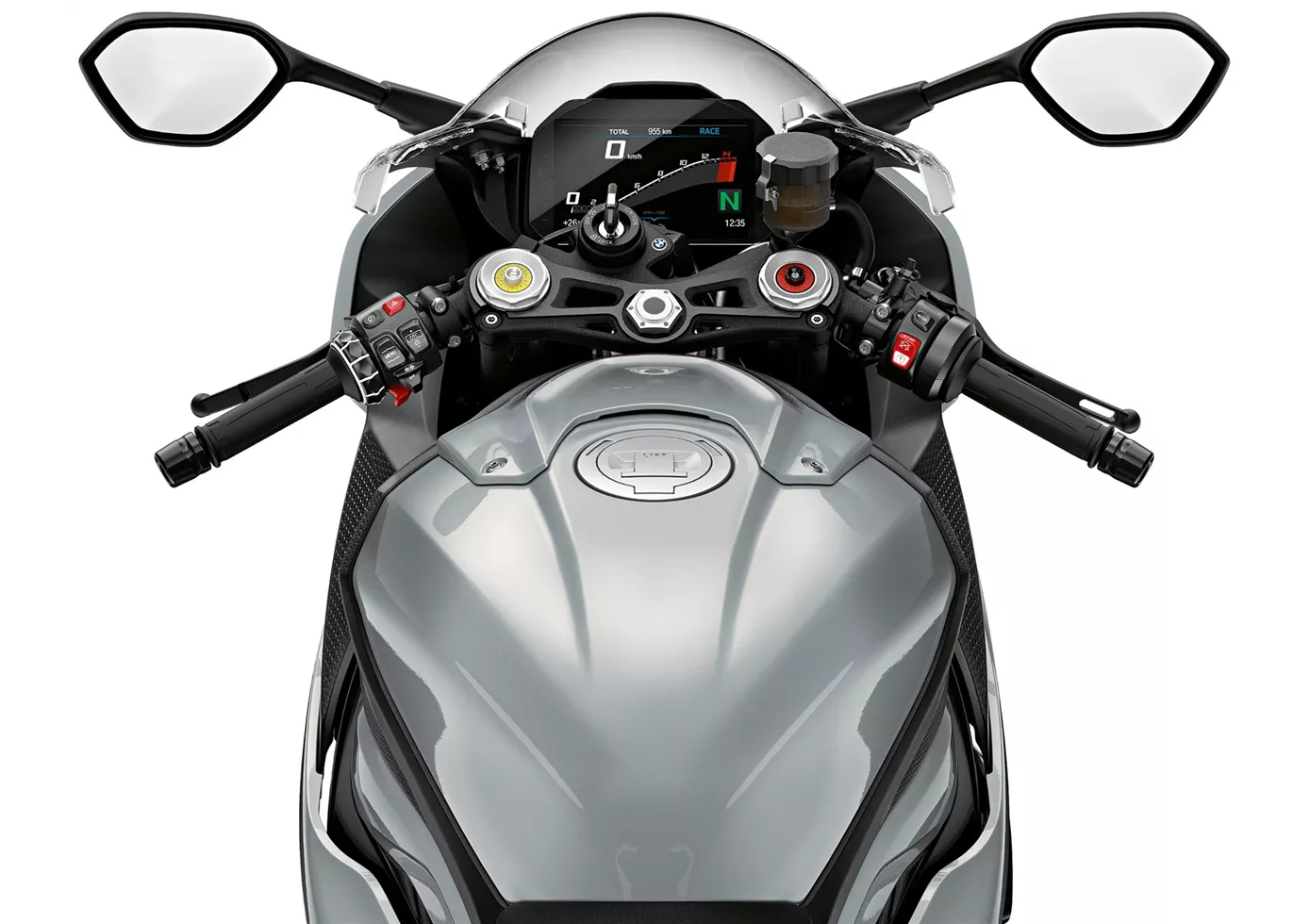
A real "all-rounder" superbike. The BMW knows how to play to its strengths both on the race track and on the country road. Thanks to variable camshaft control, the powerful engine is already convincing at the bottom end and accelerates harmoniously across the entire rev range, with plenty of power in every range. For the hobby pilot, the chassis certainly functions excellently in every situation, provides transparent feedback and offers many adjustment options. The seating position is sporty yet relatively comfortable. The electronics work very harmoniously without patronising the rider - TOP!
Price Comparison Avarage Market Price Yamaha R7 vs BMW S 1000 RR
There are a few key differences between a Yamaha R7 2021 and a BMW S 1000 RR 2020. It takes less time to sell a BMW S 1000 RR with 68 days compared to 161 days for the Yamaha R7. Since model year 2021 1000PS.de editors have written 9 reviews for the Yamaha R7 and 135 reviews for the BMW S 1000 RR since model year 2010. The first review for the Yamaha R7 was published on 5/18/2021 and now has more than 92,800 views. This compares to more than 4,000 views for the first review on BMW S 1000 RR published on 4/16/2008.
